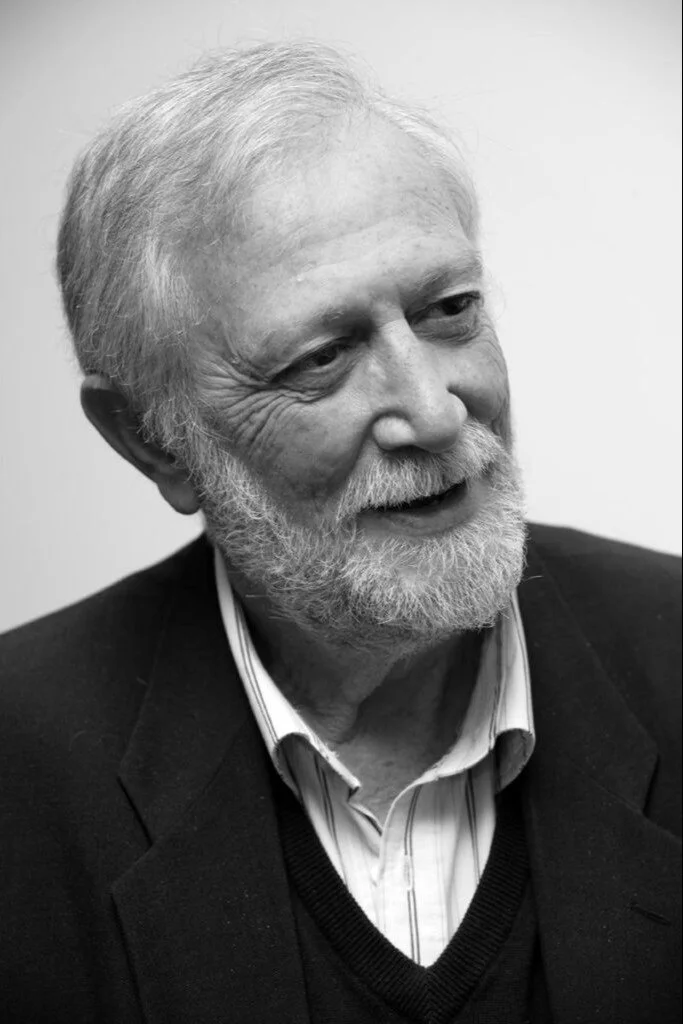Silman Mansour
Sliman Mansour (b. 1947, Birzeit) is one of Palestine’s most renowned artists, celebrated for work that embodies resilience under occupation and has become a symbol of Palestinian national identity. Growing up in Birzeit, Bethlehem, and Jerusalem shaped his imagery — olive and orange trees, traditional embroidery, Jerusalem’s Dome of the Rock, and terraced landscapes — each representing facets of loss, heritage, and the dream of return.
Since the 1970s, Mansour has created an enduring visual language of the Palestinian struggle, with iconic works like Jamal al-Mahamel widely reproduced as acts of cultural resistance. In 1987, he co-founded the New Visions movement, promoting the use of local materials such as mud, coffee, and henna in place of Israeli art supplies, deepening the connection between art and land.
A key figure in shaping Palestine’s art scene, he co-founded the League of Palestinian Artists (1973), al-Wasiti Art Center (1994), and the International Academy of Art Palestine, while teaching in several institutions. His work has been exhibited internationally, from the Institut du Monde Arabe (Paris) to the Louvre Abu Dhabi, and he has received numerous awards, including the Palestine Prize for Visual Arts (1998) and the UNESCO-Sharjah Prize for Arab Culture (2019).

